Chronic stress and longevity
Physicians have observed that among similarly diagnosed patients, some die sooner while others live decades longer. Is stress an elephant in the room? The ideas here will become increasingly important as the population ages.
 Representative Image / AI Generated
Representative Image / AI Generated
Nobel Laureate, Dr. Elizabeth Blackburn discovered that telomeres provide a protective function. She also discovered that high stress levels dwindle telomeres and accelerate aging.
Physicians have observed that among similarly diagnosed patients in disparate ailments such as hypertension and cancer, some die sooner while others live decades longer. Stress may be a preeminent factor, but one of many that may be determinative of health outcomes/longevity.
How Medical Professionals Measure Stress
We asked ChatGPT, “How do medical professionals measure stress?” and it returned with this response. The medical profession uses a combination of self-report measures such as questionnaires, physiological measurements such as cortisol levels and heart rate variability, and behavioral observations to assess stress.
There are noninvasive ways of measuring stress.
Stress Inferred from our Vibrational Characteristics
We all have trillions of cells in our bodies. Cells are made up of atoms. Atoms have protons and neutrons in their nuclei and there are electrons that orbit them. The number of protons, neutrons and electrons determines what the substance is.
Atoms are vibrating all the time. Vibration is light, not necessarily visible light, but light along the entire electromagnetic spectrum from infrared to ultraviolet. In ancient times, this light was called “Aura.” See this short video clip on Prime Minister Narendra Modi’s comments on Aura at his Commencement Speech to the graduating class of All India Institute of Medical Sciences (AIIMS) in 2014.
The vibrational characteristics are our true nature. They determine everything about us including our emotional state. It is just that our five senses are not sensitive enough to perceive these vibrations. For measurement purposes, they must be stimulated and amplified.
In one approach which is based on the Gas Discharge Visualization (GDV) Principle, harmless electrical current is utilized for stimulation and amplification. The subject places his or her ten fingers, one at a time, on the glass electrode of the device called Bio-Well which is connected to the USB port of a laptop computer when a harmless electrical current is applied to the finger.
The finger’s response to this electrical stimulus is a burst of photons which are captured and analyzed. The intensity of the discharge, pixels, and its area for all ten fingers are analyzed producing several parameters. Among them are Stress, 0-10, pranic energy, 0-100 Jx10-2, and chakra alignments, 0-100%. The normal values of these parameters are Stress < 3; pranic energy 50 – 70Jx10-2 and chakra alignment >90%.
The measurement is painless, noninvasive and takes only a few minutes.
Pranic energy, or life force, is an ancient concept. In most Indian languages, when someone dies, they say, prana has left him/her. Prana and consciousness come into us when we are born and take our first breath and leave us when exhale for the last time and die. The time between the first inhalation and the last exhalation is lifespan.
The breathing exercises that are intended to control prana are called “pranayama” meaning control of prana, and not shwasayama, meaning control of breath. See this article, The Life Force Of ‘Prana’ In Our First Breath To Our Last.
For healthy individuals, pranic energy lies between 50 – 70x10-2J for much of their lives precipitously dropping to a low value at death. Therefore, it is important to keep the pranic energy up as late in life as possible.
Ancient Indian wisdom posits that there are seven chakras, energy centers, in the body. They are aligned against the central vertical line for one who is centered in the presence of extenuating circumstances that are part of life. The more the emotional ups and downs, the greater the dis-balance.
Stress Inferred from Heart Rate Variability (HRV)
Heart rate variability (HRV) yields another estimate of stress. McCraty and colleagues at the Institute of HeartMath in California have extensively studied the effect of emotions on HRV. The higher the HRV, the lower the stress. Negative emotions elevate stress levels while positive emotions have the opposite effect.
Many smart watches, such as Garmin Venu SQ2, display stress levels, heart rate and respiration rate.
Heart rate and respiration rate are autonomous functions; they cannot be purposefully manipulated.
These measurements provide six parameters to track: (1) Pranic energy, (2) stress as inferred from Bio-Well, (3) Chakra alignments (4) heart rate, (5) respiration rate, and (6) stress as inferred from HRV.
How to Attenuate Stress
Mindfulness and meditation practices have been shown to attenuate stress. These practices can shift these six parameters in a favorable direction.
Medical professionals have shown that meditation practices lengthen telomeres and slow aging.
Oncologists have recently shown that structured exercise programs significantly improve the survival of colon cancer patients by reducing the risk of disease recurrence and new primary cancers. Meditation practices are expected to further help these patients.
For progress, the resting heart rate and resting respiration rate should trend lower, stress as measured by both techniques should trend lower, pranic energy should trend up in most instances, and chakras should move closer to the central vertical line.
Such an improvement is suggestive of better health outcomes and a longer lifespan.
Longevity and stress reduction are byproducts of putting ourselves in alignment with the normal flow of things, which is inherently a state of surrender. When you start opposing the normal flow of things, an essence of ego, you only create problems for yourself. Surrender is flow. Ego is obstruction.
Ego creates all the man-made problems of the world with its insane need to always be in control, which is a denial of the fear of death. This denial of death is right in line with the ideas of Ernest Becker and Elizabeth Kubler Ross on the stages of death and dying.
Caution: Be sure to check with your healthcare service provider before using any of the concepts in this article.
ADVERTISEMENT
ADVERTISEMENT
E Paper
Video



1761237576.png) Geetha Joseph
Geetha Joseph1761239531.png) Pradeep K. Singh
Pradeep K. Singh1761240052.png) Mahendra Patel
Mahendra Patel1761240648.png) James P. Kowall
James P. Kowall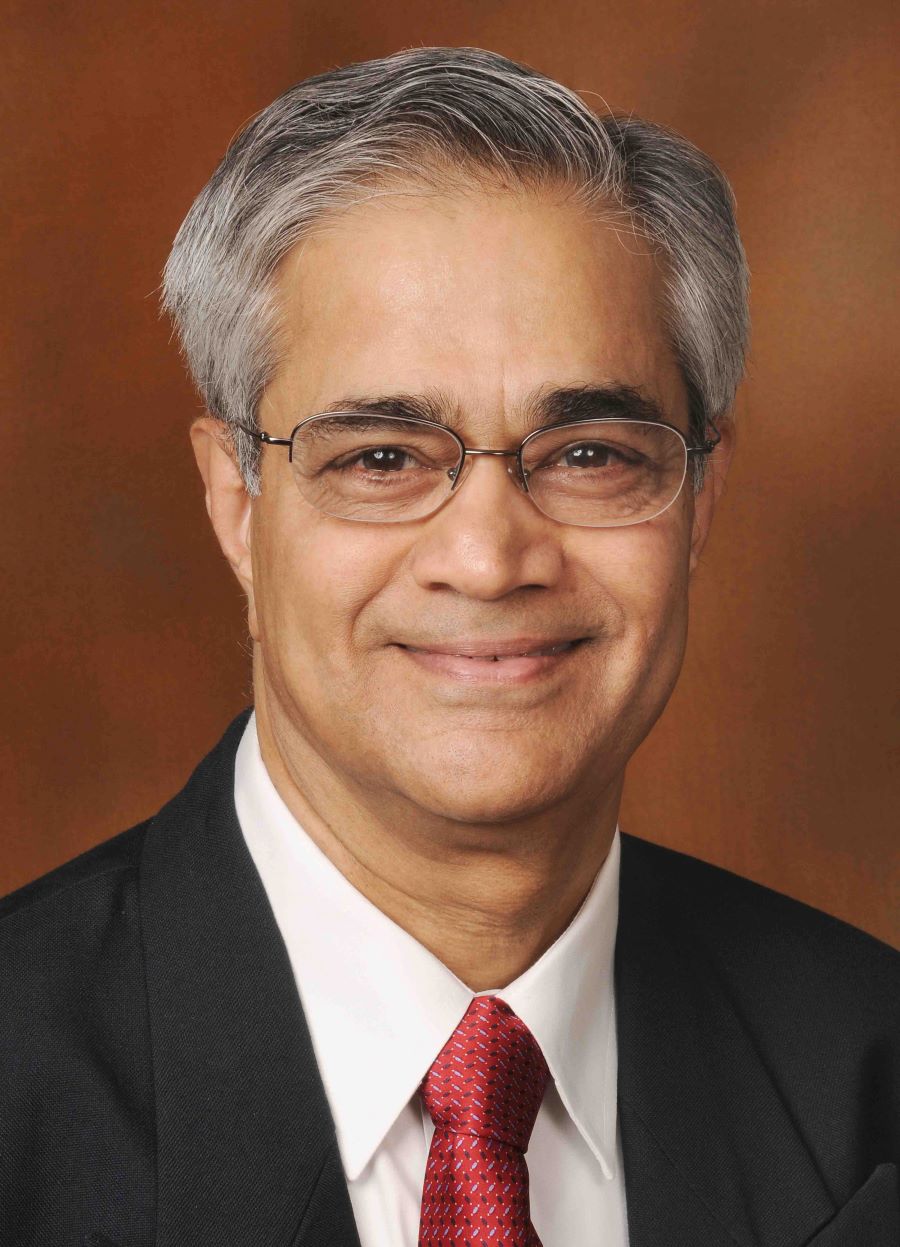 Pradeep B. Deshpande
Pradeep B. Deshpande1761237456.png) Abraham Joseph
Abraham Joseph
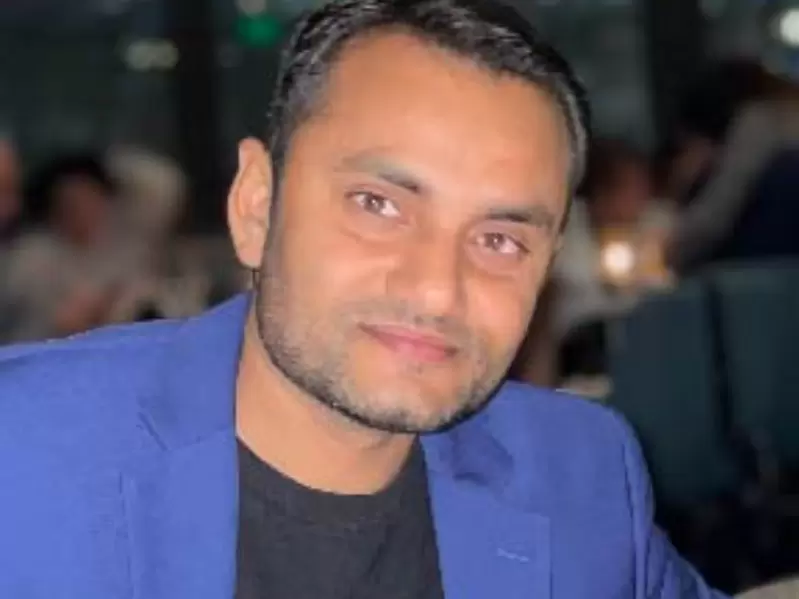

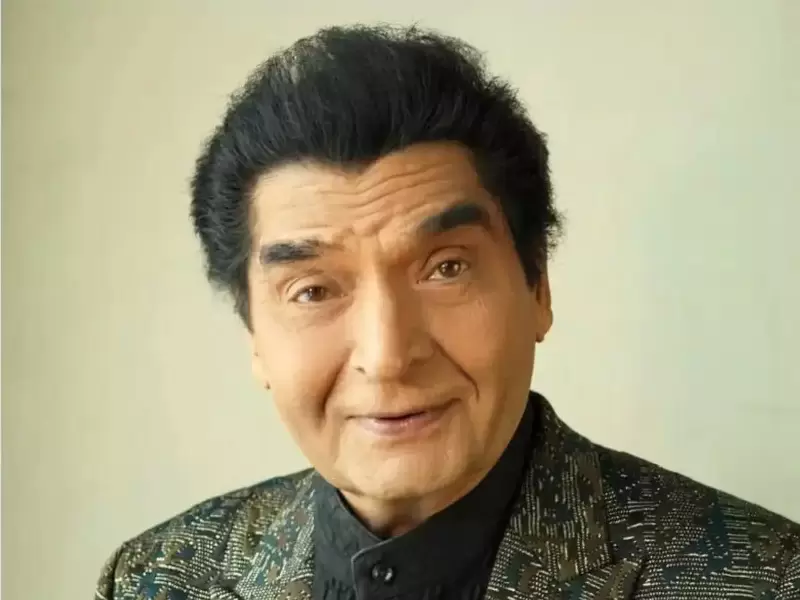
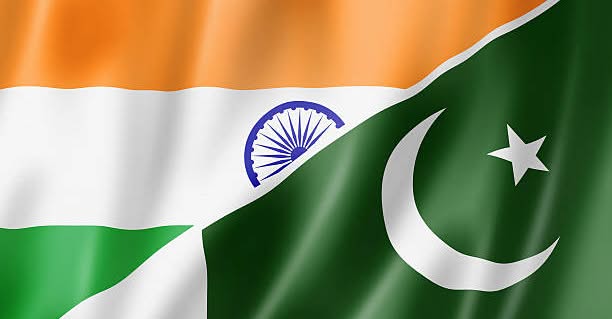




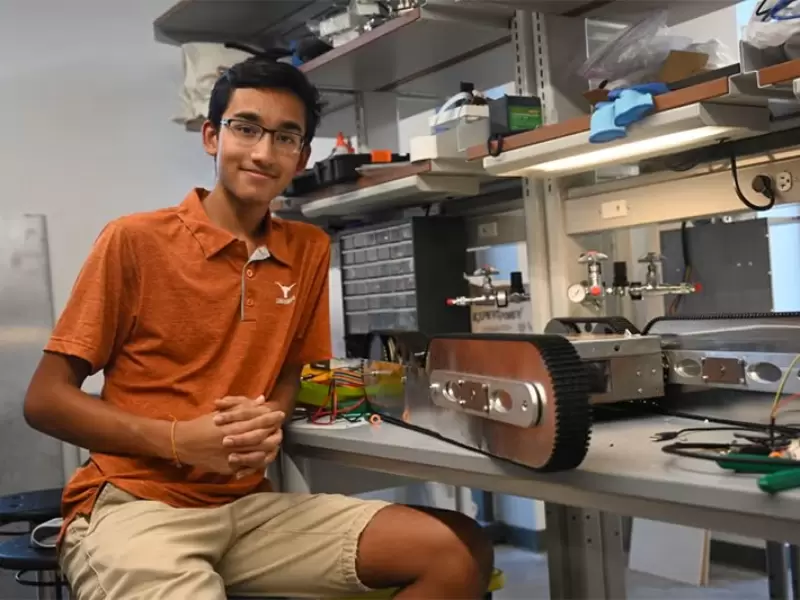




Comments
Start the conversation
Become a member of New India Abroad to start commenting.
Sign Up Now
Already have an account? Login